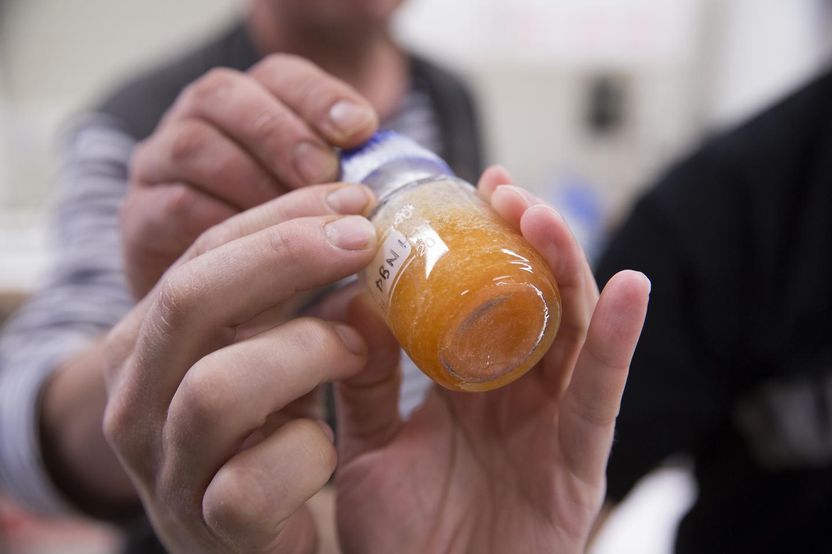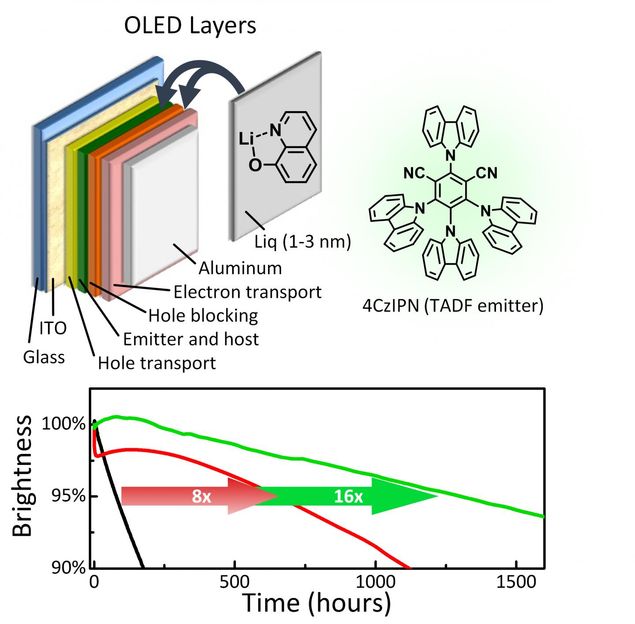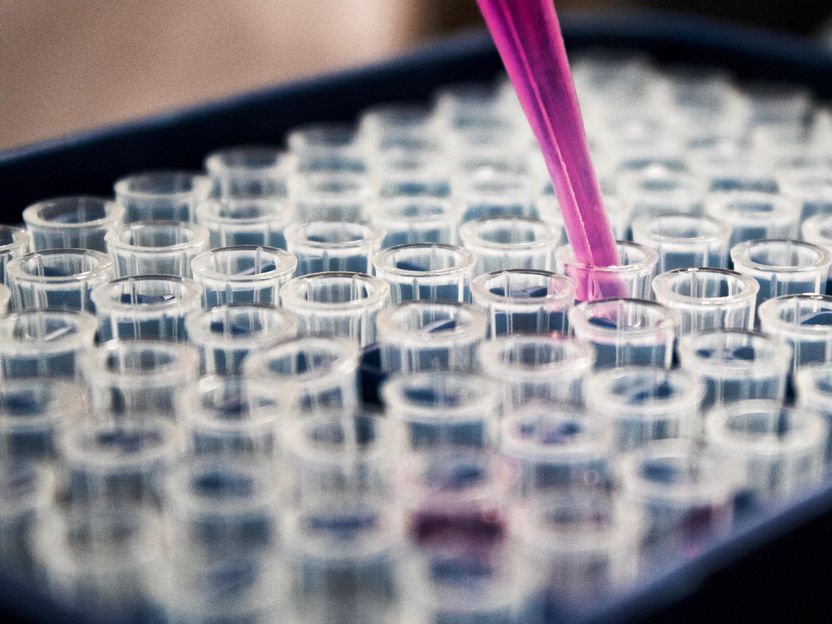Alternative method for the representation of microstructures in polycrystalline materials
Most solid materials are of polycrystalline nature. In which way the individual grains are oriented in the material can be relevant for its functional properties. In order to determine the corresponding orientation distributions on large specimen areas, generally, a scanning electron microscope is employed. The specimen surface needs to be prepared, before it can be probed under vacuum by an electron beam and analyzed using electron backscatter diffraction (EBSD).
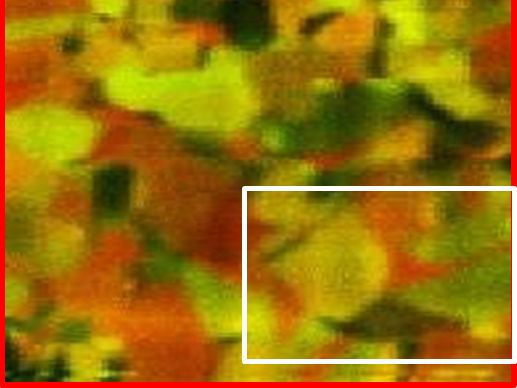
This is a composite Raman intensity-distribution map on a polycrystalline CuInSe2 thin film.
HZB
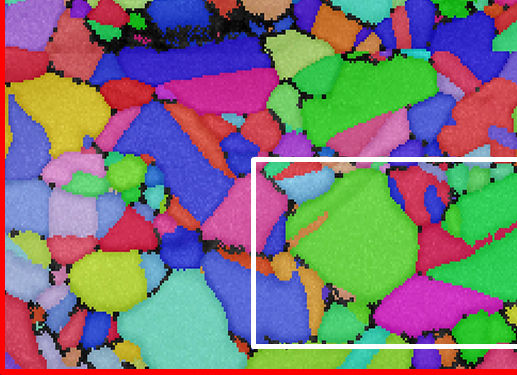
This is an EBSD orientation-distribution map from the same identical specimen position.
HZB
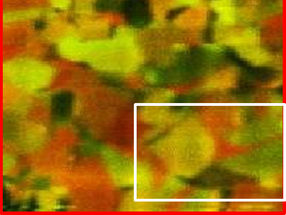
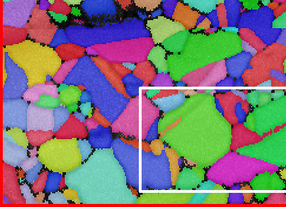
It has now been shown by a team at HZB headed by Dr. Daniel Abou-Ras, together with Dr. Thomas Schmid from BAM, that equivalent orientation distribution maps can be obtained also by means of Raman microspectroscopy. This method needs only an optical microscopy setup, no time-consuming specimen preparation, and can also be conducted under ambient conditions.
The scientists used CuInSe2 thin films as a model system for their study. They showed that the experimental Raman intensities correspond well with the theoretical intensities calculated by using the local orientations from the EBSD map. "The sample area was scanned by a laser beam using step sizes of 200 nanometers. For such measurement conditions, the sample environment needs to be controlled carefully and kept stable for several hours," explains Dr. Abou-Ras.
The application of Raman microspectroscopy for orientation distribution analysis is possible in principle for all polycrystalline materials, whether they are inorganic or organic, as long as they are Raman active.
Original publication
Other news from the department science
Most read news
More news from our other portals
See the theme worlds for related content
Topic World Spectroscopy
Investigation with spectroscopy gives us unique insights into the composition and structure of materials. From UV-Vis spectroscopy to infrared and Raman spectroscopy to fluorescence and atomic absorption spectroscopy, spectroscopy offers us a wide range of analytical techniques to precisely characterize substances. Immerse yourself in the fascinating world of spectroscopy!

Topic World Spectroscopy
Investigation with spectroscopy gives us unique insights into the composition and structure of materials. From UV-Vis spectroscopy to infrared and Raman spectroscopy to fluorescence and atomic absorption spectroscopy, spectroscopy offers us a wide range of analytical techniques to precisely characterize substances. Immerse yourself in the fascinating world of spectroscopy!




























































